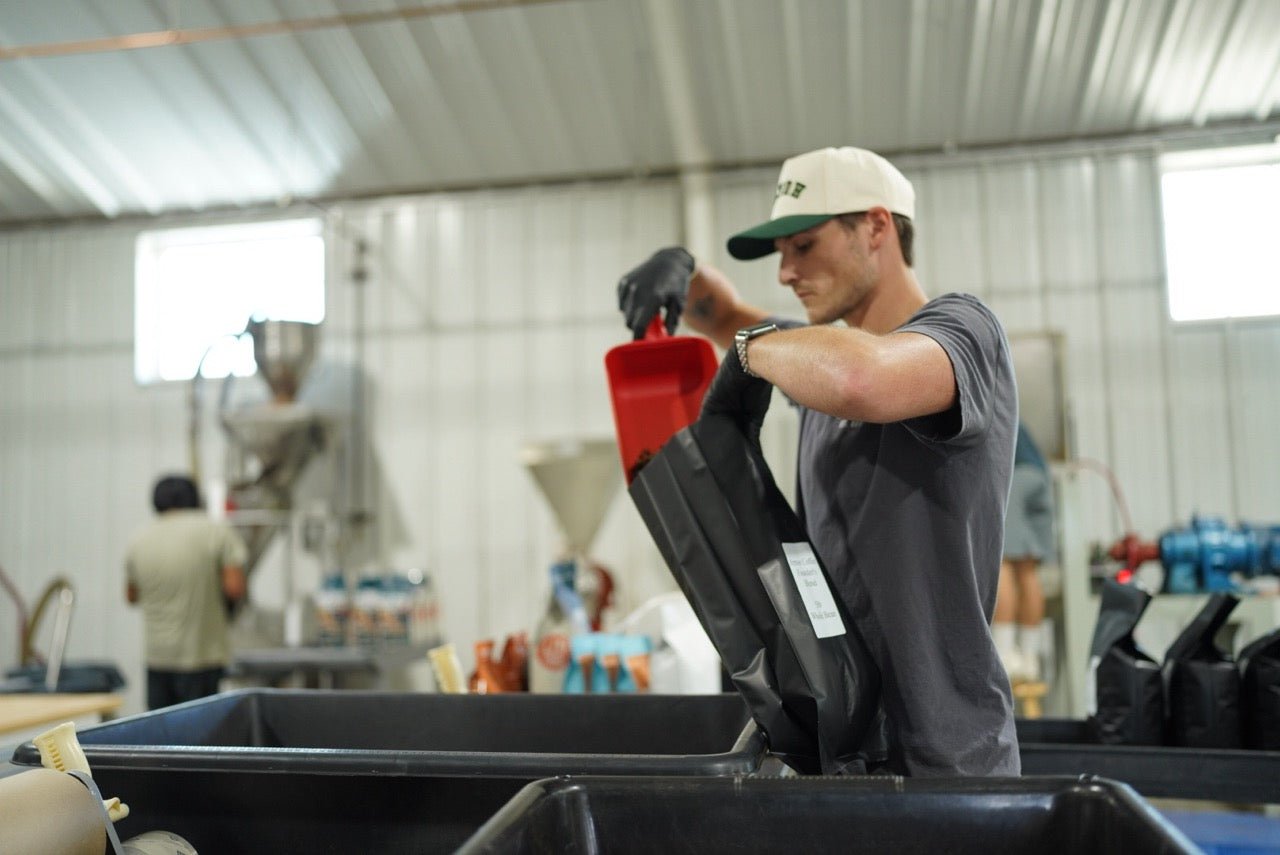Third Wave Coffee: The Movement that Redefined Coffee Appreciation and Quality
Introduction: The Third Wave Coffee movement has transformed the way people think about, appreciate, and consume coffee. This global phenomenon focuses on high-quality beans, artisanal craftsmanship, and a deep understanding of the entire coffee process, from farm to cup. In this article, we will delve into the origins of the Third Wave Coffee movement and explore its key principles and impact on the coffee industry.
-
Origins of the Third Wave Coffee Movement The term "Third Wave Coffee" was first coined by Trish Rothgeb, a renowned coffee roaster, and industry expert, in 2002. The movement emerged as a response to the mass-market approach of the Second Wave, characterized by large coffee chains and the commoditization of coffee. The Third Wave sought to elevate coffee to a craft, emphasizing quality, sustainability, and the unique characteristics of each bean.
-
Sourcing and Sustainability One of the cornerstones of the Third Wave Coffee movement is a focus on ethically and sustainably sourced beans. Third Wave coffee roasters prioritize direct trade relationships with farmers, ensuring fair prices and supporting environmentally friendly practices. This approach not only benefits the coffee producers but also contributes to a higher-quality final product, as the beans are often grown in ideal conditions and harvested with care.
-
Artisanal Roasting and Brewing Techniques The Third Wave Coffee movement places great emphasis on the art and science of roasting and brewing. Artisanal roasters carefully develop roast profiles that highlight the unique characteristics of each coffee variety, often using small-batch roasting techniques. Likewise, Third Wave coffee shops employ skilled baristas who are trained in various brewing methods, such as pour-over, siphon, and AeroPress, to bring out the best flavors and aromas in each cup.
-
Coffee as an Experience A significant aspect of the Third Wave Coffee movement is the idea of coffee as a sensory experience. Third Wave coffee shops often resemble laboratories, with various brewing equipment and an atmosphere that encourages experimentation and discovery. Patrons are encouraged to savor their coffee, appreciate the subtle flavors and aromas, and engage in conversations about the beans' origins, processing methods, and taste profiles.
-
The Impact on the Coffee Industry The Third Wave Coffee movement has had a profound impact on the coffee industry, raising consumer awareness about quality, sustainability, and the craft behind each cup. This has led to increased demand for specialty coffee, which in turn has driven innovation in coffee processing, roasting, and brewing. Furthermore, the movement has fostered a global community of coffee enthusiasts who are passionate about exploring and sharing their love for the world's most beloved beverage.
Conclusion: The Third Wave Coffee movement has redefined the way people appreciate and consume coffee, placing an emphasis on quality, sustainability, and the art of coffee-making. By focusing on the unique characteristics of each bean and fostering a deeper understanding of the coffee process, the Third Wave has elevated coffee to new heights, transforming it from a mere commodity to a craft and a sensory experience. As the movement continues to evolve and inspire, it is clear that the future of coffee is one of passion, innovation, and a shared appreciation for the extraordinary complexities of this beloved beverage.


